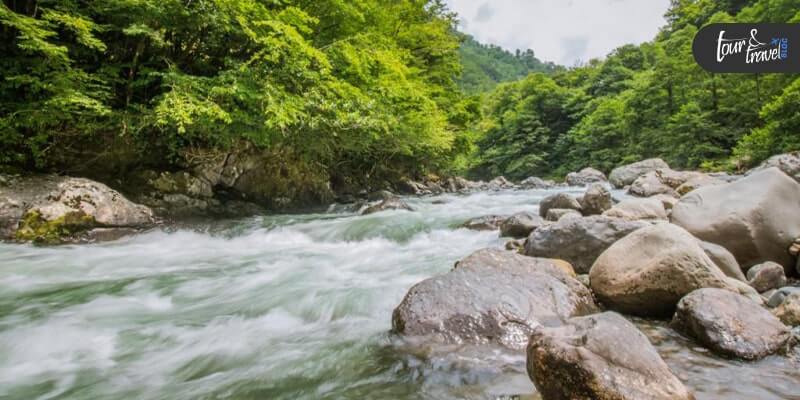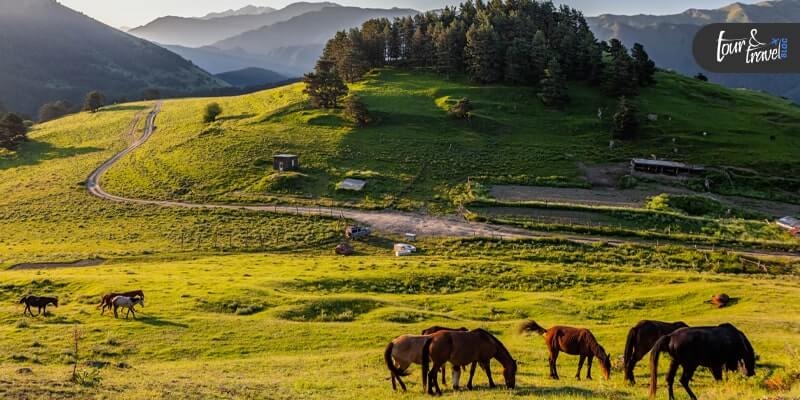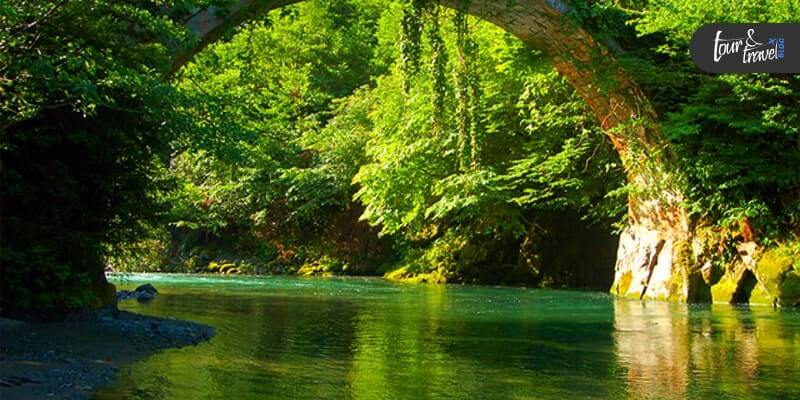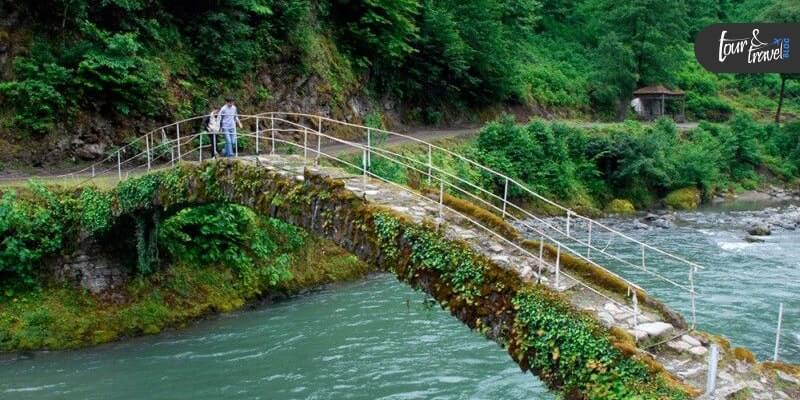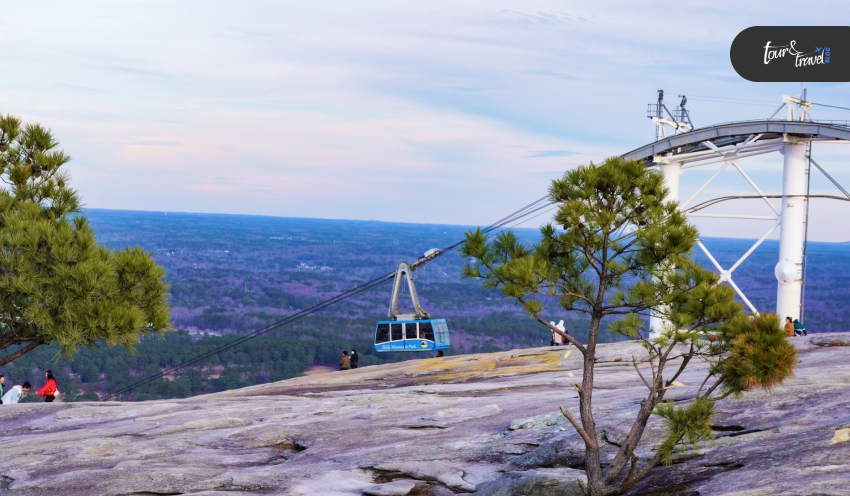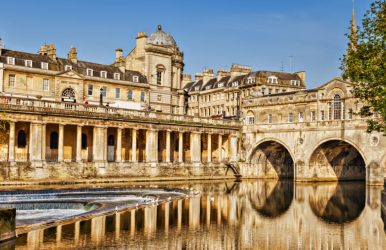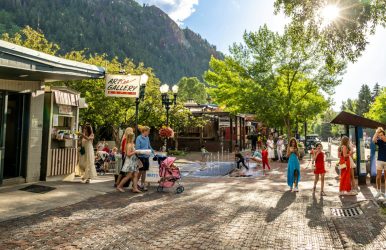Historic City, Timeless Charm: Exploring The Best Things To Do In Bath
BY Abdul Aziz Nov 21, 2023
Bath is a charming city known for its rich history, breathtaking Georgian architecture, and significance in culture. It is located in Somerset, England's undulating hills. The Jane Austen Museum is a must-visit location for fans of the well-loved English novelist among its numerous attractions. Entering Bath is like entering a time capsule that transports visitors to a bygone age. It served as the inspiration for Jane Austen's classic novels. Bath greets you with an air of sophistication and charm from the moment you arrive. A visual feast that is the city's well-maintained Georgian architecture. It is distinguished by Bath stone with a honey tint. Bath boasts some of the most stunning architectural structures, including the Pulteney Bridge that spans the River Avon. The majestic crescent-shaped terrace known as the Royal Crescent adds to the charm. The dynamic and eclectic atmosphere of the city is created by the abundance of unique businesses, charming tearooms, and galleries of art. They line the cobblestone streets beautifully. Bath's attraction is enhanced by its thermal springs, which have drawn tourists for centuries. A well-preserved set of ancient Roman bathing and convivial structures, the Roman Baths provide insight into the city's history. We will now dive in to find things to do in Bath in this article. Overview: Things To Do In Bath travel-assets.com Wander Bath's picturesque cobblestone streets, where gorgeous honey-colored houses recreate the sophistication of the Georgian era. One of the things to do in Bath is transporting yourself to scenes straight out of Bridgerton. Admire the famous Bath Abbey, a magnificent example of Gothic design, and discover the ancient Roman Baths. They allow you to experience both Roman engineering and the world of public bathing in the past. Bath's distinctive fusion of wellness, culture, and history ensures an amazing trip that is going to leave you feeling revived and fascinated by this part of the South West. Cuisine bathchronicle.co.uk Bath's eating and drinking scene offers a culinary adventure that pleases a wide range of palates with a fascinating blend of history and innovation. The city is home to a variety of restaurants, ranging from chic bistros and fine dining venues to cozy tearooms and old-world taverns. Seasonal and local ingredients are the main focus, helping to create tasty recipes that pay homage to English heritage. They also draw inspiration from around the world. The city's markets, such as the Bath Farmers Market, include fresh vegetables, gourmet foods, and handcrafted goods. Bath's food scene offers a delicious experience for any palate. Whether you're looking for a modern elegance or a historic ambiance, Bath has it all. Savor traditional afternoon teas offered with scones and clotted cream, a mainstay of the South West of England. Or enjoy hearty pies and platters of cheeses produced locally. Bath's pubs are welcoming gathering spots for people to catch up and enjoy ales and ciders. Culture campervantours.com Bath's charm reaches far beyond its urban boundaries, revealing a mosaic of charming cities and towns that beg to be discovered. From, a market town tucked away in the Mendip Hills, provides a bohemian vibe, artisanal markets, and an artistic vibe. Alternatively, head to Wells, dubbed "England's smallest city," to take in its magnificent medieval streets and cathedral. With their distinct charms, these neighboring gems weave a tale that echoes Bath's own history and attraction. It beckons you to set out on an adventure through the center of the English countryside. Jane Austen: A Bath Essential A trip to the Jane Austen Museum is a voyage into the author's universe for voracious readers and Austen fans. It is one of the mandatory things to do in Bath. The museum is housed in the townhouse where Jane Austen lived from 1801 to 1806. It is located at 40 Gay Street. Entering the building transports you to the Regency era. Here you may fully immerse yourself in Jane Austen's everyday existence and literary legacy. A selection of relics, manuscripts, and private items that shed light on Austen's life and creative output are on display at the museum. The rooms where she wrote some of her most famous books, including "Pride and Prejudice" and "Emma," and lived are open for you to tour. The exhibits provide a physical link to the well-known author, showcasing everything from her writing station to her stunning jewels. In order to give visitors a true taste of Austen's world, the museum regularly hosts unique events and seminars, such as Regency tea soirees and costume dress-up sessions. They offer a fun way to get close to Austen's characters and learn more about the prevalent social mores. One of the main themes of Austen's works was Bath. Several of her writings, including "Northanger Abbey" and "Persuasion," were set in the city. You may walk in the footsteps of Jane Austen's characters as you stroll through Bath, seeing locations like the Pump Room, the Assembly Rooms, and the magnificent Bath Abbey. Read More: Discovering London’s Hidden Gems: Best Places To Visit In London All Things Austen: Regency Era In Austen's day, the Pump Room—an exquisite 18th-century social hub—was a center of social life. Even now, guests can partake in a small meal or a cup of tea while admiring the surroundings. Austen's elaborate dance scenes are inspired by social events. The Assembly Rooms, with its beautiful ballrooms, offer an insight into these festivities. The majestic ancient church known as Bath Abbey serves as a reminder of the religious legacy of the city. There is awe and reverence in it because of its magnificent architecture and high ceilings. These sacred walls provided a place of refuge and contemplation for many Austen characters, giving her works a spiritual undertone. For readers, Bath has a plethora of literary ties along with the Jane Austen Museum. A vast collection of scholarly books and rare editions of Jane Austen can be found at the Bath Central Library. One can find literary jewels at bookshops such as Topping & Company Booksellers and Mr. B's Emporium of Reading Delights. Discovering the life and writings of one of England's most renowned writers through visiting Bath and the Jane Austen Museum is an engrossing trip through time. Both fans of Jane Austen and history buffs will be fascinated by Bath's ageless charm and the immersive experience offered by the museum. So, lose yourself in Jane Austen's world, and stroll along the cobblestone streets. Take in the wonders of architecture, and allow Bath to envelop you in its enchantment. Explore this fascinating city to learn about the spirit of Regency England and Jane Austen's lasting influence. Wrapping Up Bath is easily accessible by air into Bristol airport due to its close vicinity to the city. It is about 45 minutes off by car or an hour away by public transportation. Similarly, it takes two hours to get to London Heathrow Airport by vehicle or public transportation. If you have thoughts to share or questions to ask on things to do in Bath, please leave a comment below. We would love to hear from you! Read Also: Coastal Bliss: Top Things To Do In Bournemouth Island Paradise Unveiled: Best Time To Visit The Philippines Vietnam Vistas: A Seasonal Guide To Crafting Your Vietnamese Adventure

